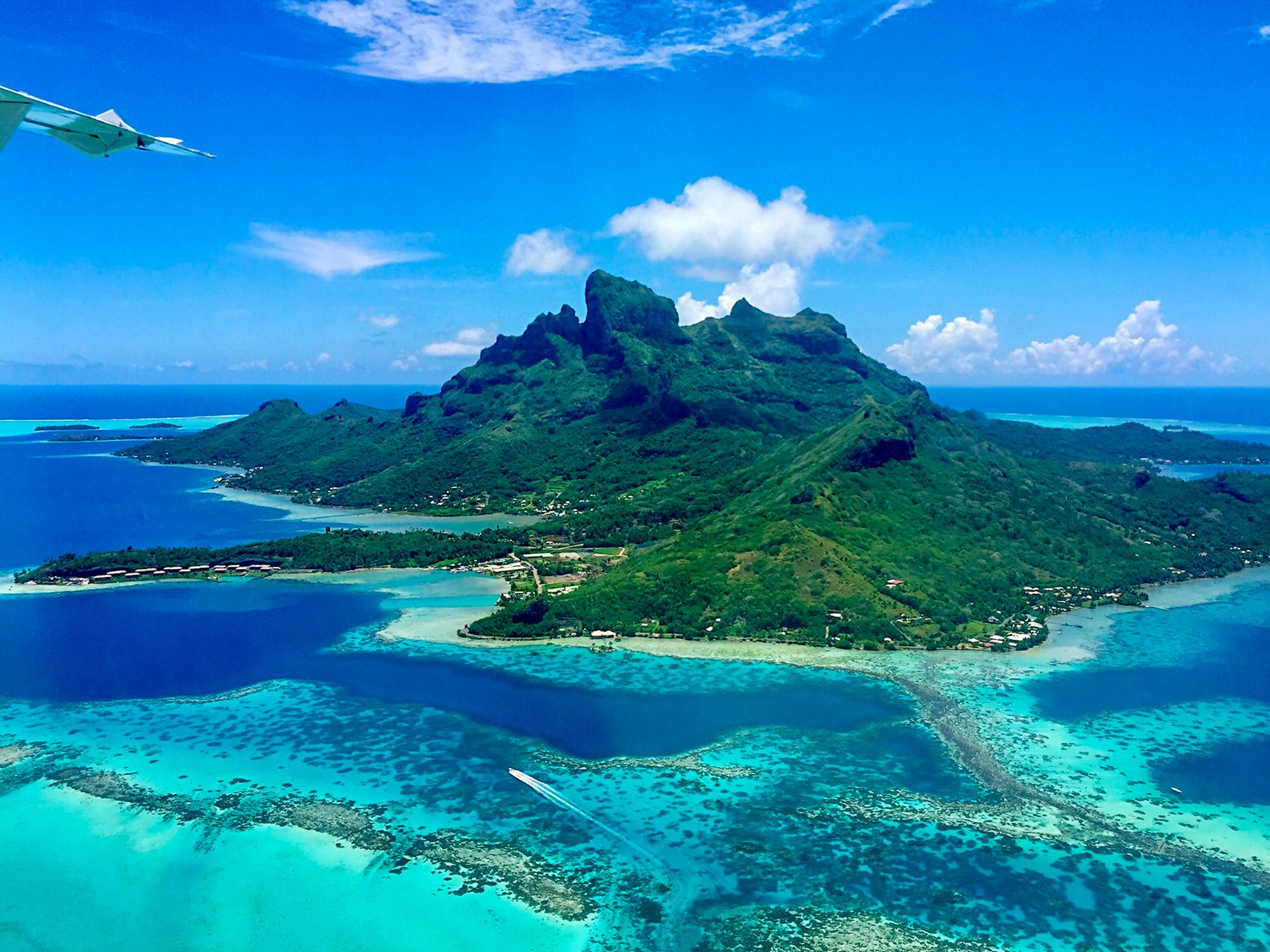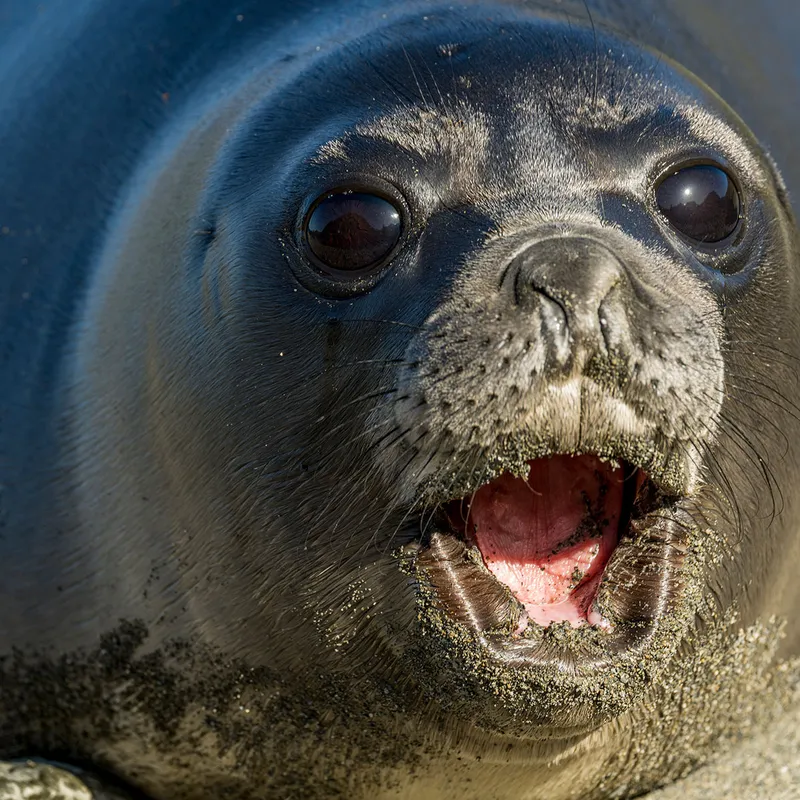Se-tenant: Seal and Vindication Island (South Georgia and The South Sandwich Islands 2023)
Seal and Vindication Island (South Georgia and The South Sandwich Islands 2023)
09 October (South Georgia and The South Sandwich Islands ) within release Landscapes and Fauna of South Sandwich Islands III (2023) goes into circulation Se-tenant Seal and Vindication Island face value 2*1.25 Falkland Islands pound
| Se-tenant Seal and Vindication Island in catalogues | |
|---|---|
| Stamp Number: | Sn: GS 687 |
| Yvert et Tellier: | Yt: GS 804-805 |
Se-tenant is square format.
Also in the issue Landscapes and Fauna of South Sandwich Islands III (2023):
- Stamp - Candlemas Island face value 1.05;
- Se-tenant - Giant Petrel & Candlemas Island face value 2*1.05;
- Stamp - Leopard Seal face value 1.25;
- Se-tenant - Seal and Vindication Island face value 2*1.25;
- Stamp - Southern Giant Petrel face value 1.05;
- Stamp - Vindication Island face value 1.25;
Se-tenant Seal and Vindication Island it reflects the thematic directions:
An island or isle is a piece of land, distinct from a continent, completely surrounded by water. There are continental islands, which were formed by being split from a continent by plate tectonics, and oceanic islands, which have never been part of a continent. Oceanic islands can be formed from volcanic activity, grow into atolls from coral reefs, and form from sediment along shorelines, creating barrier islands. River islands can also form from sediment and debris in rivers. Artificial islands are those made by humans, including small rocky outcroppings built out of lagoons and large-scale land reclamation projects used for development.
A landscape is the visible features of an area of land, its landforms and how they integrate with natural or man-made features. A landscape includes the physical elements of geophysically defined landforms such as (ice-capped) mountains, hills, water bodies such as rivers, lakes, ponds and the sea, living elements of land cover including indigenous vegetation, human elements including different forms of land use, buildings and structures, and transitory elements such as lighting and weather conditions. Combining both their physical origins and the cultural overlay of human presence, often created over millennia, landscapes reflect a living synthesis of people and place that is vital to local and national identity. The character of a landscape helps define the self-image of the people who inhabit it and a sense of place that differentiates one region from other regions. It is the dynamic backdrop to people’s lives. Landscape can be as varied as farmland, a landscape park, or wilderness. The earth has a vast range of landscapes, including the icy landscapes of polar regions, mountainous landscapes, vast arid desert landscapes, islands and coastal landscapes, densely forested or wooded landscapes including past boreal forests and tropical rainforests, and agricultural landscapes of temperate and tropical regions.
Marine mammals are mammals that rely on marine (saltwater) ecosystems for their existence. They include animals such as cetaceans (whales, dolphins and porpoises), pinnipeds (seals, sea lions and walruses), sirenians (manatees and dugongs), sea otters and polar bears. They are an informal group, unified only by their reliance on marine environments for feeding and survival.
Pinnipeds (pronounced /ˈpɪnɪˌpɛdz/), commonly known as seals, are a widely distributed and diverse clade of carnivorous, fin-footed, semiaquatic, mostly marine mammals. They comprise the extant families Odobenidae (whose only living member is the walrus), Otariidae (the eared seals: sea lions and fur seals), and Phocidae (the earless seals, or true seals), with 34 extant species and more than 50 extinct species described from fossils. While seals were historically thought to have descended from two ancestral lines, molecular evidence supports them as a monophyletic group (descended from one ancestor). Pinnipeds belong to the suborder Caniformia of the order Carnivora; their closest living relatives are musteloids (weasels, raccoons, skunks and red pandas), having diverged about 50 million years ago.




